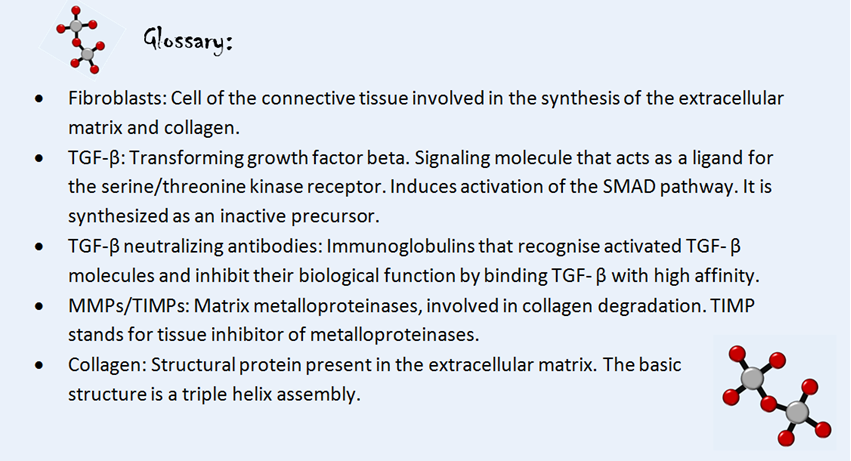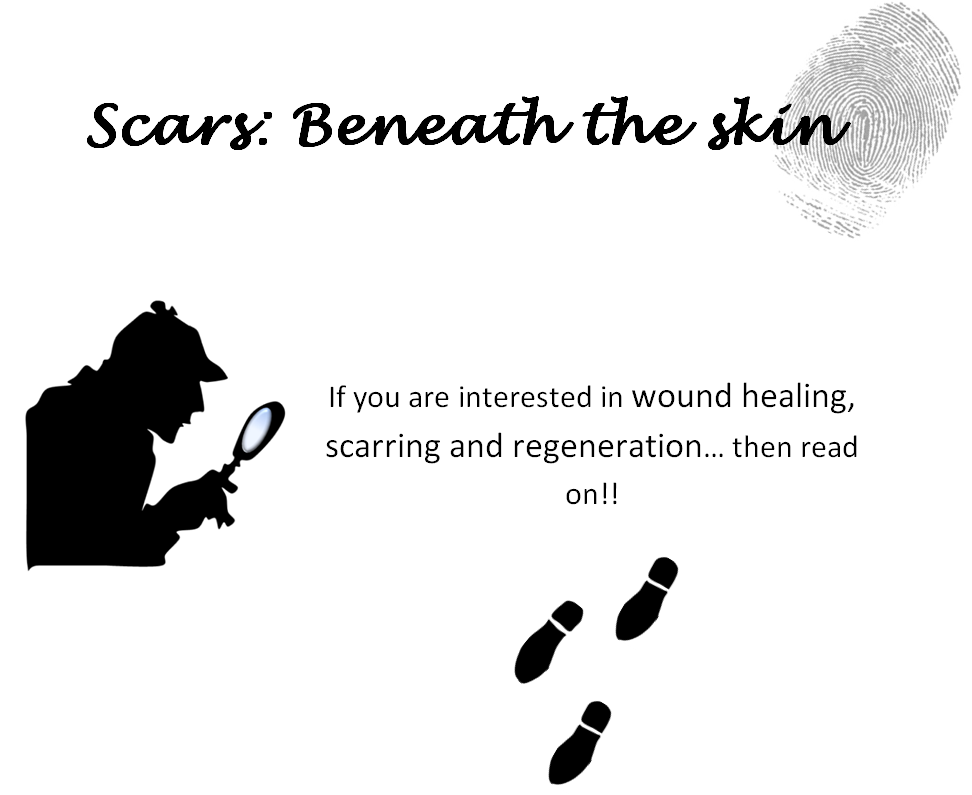
Before you start!
A glossary at the end of the post will hopefully clarify some terms you’ll come across throughout the reading.
If this blog has left you with a greater interest in the topic of skin regeneration and a bunch of unanswered questions, click on any of the hyperlinked texts for a more in-depth reading.
Bonne lecture!
Image 1: Wikiwand Image 2: Modified from YouTube Image 3: Modified from Freepik
Laura Ramos
Wonders of nature
It’s amazing how some animals, from amphibians (like axolotl or salamander), to mammals (such as moose or African spiny mouse) can fully regenerate limbs or tissue without scarring.
But, what about humans? The answer is yes! No matter how unbelievable this might seem, there is surprising evidence that shows how human embryos are able to regenerate tissue without scarring. However, this capacity seems to have been lost in adulthood. By understanding the process of embryonic wound healing, we could potentially avoid any trace of disfigurement in human adults!

Problems with scars & types of scars 
Although there are people who wear their scars with pride or who consider them as a reminder of a past experience, the truth is that their non-aesthetic appearance can cause psychological damage, such as low self-esteem or depression.
Unluckily, the problem of scars goes far beyond their physical aspect. Reduced mobility and/or partial loss of skin functions, such as thermoregulation and sensibility, are examples of the impact of scars. In addition, scars can also cause tenderness or uncomfortable itchy feelings, which can substantially decrease the quality of life of a person.
Hypertrophic and keloid scars have the most damaging effects in terms of mobility. Whereas hypertrophic scars are mainly characterised by an excess of collagen build-up at the wound site, keloid scars invade healthy tissue that was not injured in the first place. It’s like a scar that keeps expanding through your body!!
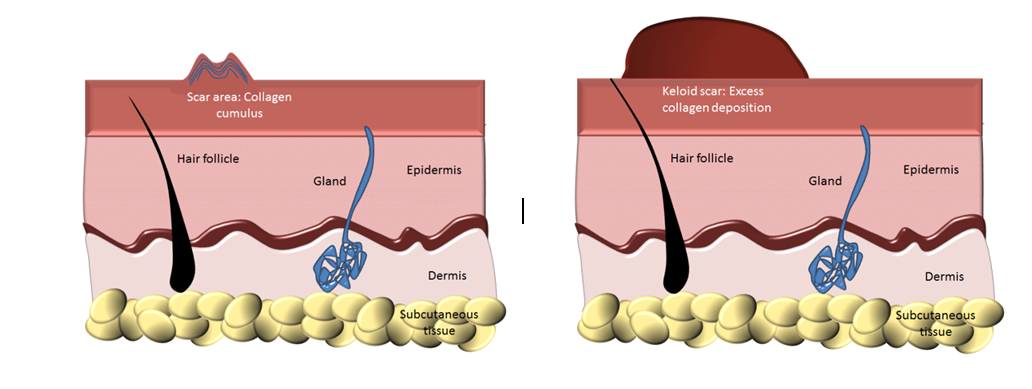
Image: Modified from Scar Treatment Blog
A highly complex process!! 
The intricate process of scarring involves a wide range of signaling molecules and cellular interactions. To simplify things, let’s break it down in three phases.
The first phase will start with the blood clot formation at the site of the injured tissue. Platelets present in the clot will release a series of cytokines (signalling molecules) and growth factors (such as TGF-β family- Keep this in mind as I’ll be referring to the two most important classes of TGF beta in a bit!) that will recruit cells from the immune system involved in the inflammatory response.
The second phase is referred to as the proliferative phase. Neutrophils and macrophages, among other cells from the immune system, will eliminate any potential pathogen from the site of injury, at the same time they amplify the TGF- β response. TGF- β will drive the proliferation and differentiation of fibroblasts into myofibroblasts, a type of cell with the capacity to deposit collagen. Collagen accumulation at the injured tissue is a key step in the process of healing and formation of the scarred tissue.
The last step will be the maturation phase or remodelling. Even though re-epithelialization, or epithelium restoration, is characteristic of this stage, the hallmark of the skin remodelling phase will be the dynamic processes involving collagen. In particular, collagen cross-linking by enzyme lysyl hydroxylase (LH-2) has been associated with appearance of hypertrophic or keloid scars. LH-2 requires free radicals, released from the immune response, to initiate their catalytic activity. In addition, a slow rate process of collagen degradation and synthesis will be mediated by metalloproteinases and their inhibitors, TIMPs (MMPs/TIMPs).

Image: Modified from StudyBlue
 You are probably now asking yourselves, “What happens in the embryo that allows wound healing without scarring? “
You are probably now asking yourselves, “What happens in the embryo that allows wound healing without scarring? “
A series of remarkable differences have been spotted. If you remember, I’ve just mentioned something about a family of growth factors that were involved in the healing process. Well, turns out that one of the differences between embryos and human adults is the relative concentration of different classes of growth factors belonging to this family. In the first place, a higher ratio of TGF-β3 with respect to TGF-β1 was detected in the embryo, whereas absence of TGF- β3 and high concentrations of TGF- β1 were spotted in the human adult. As a result, it is reasonable to think that TGF- β3 might be playing an important role in healing without scarring. Evidence suggests that TGF- β1 drives fibroblast differentiation into myofibroblasts, whereas TGF- β3 restricts the differentiation process and promotes collagen degradation through the catalytic activity of MMP-9.
In addition, immune system might play an essential role in the scarring process. The presence of immature immune cells in the embryo, and particularly the poor adaptive immune response, correlates with evidences of scarless healing of wounds.
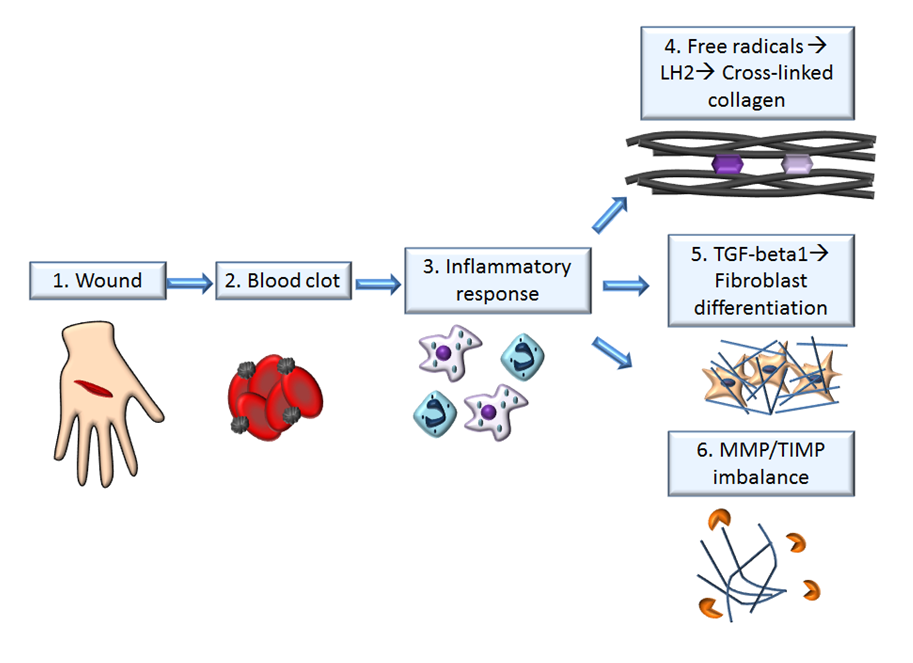
Image: Modified from Pinterest
Therapeutical applications- What can we do?
The knowledge of the detailed molecular mechanisms of scarring in combination with clinical trials will hopefully lead scientific research towards the development of therapeutical approaches to treat scarring and its consequences.
Research in the field involves exogenous TGF- β3 injections on wounds or already formed keloid scars in order to aim to reduce the excess collagen deposition on the affected site.
Neutralizing antibodies against TGF- β1 as well as immunosuppressants have shown a promising response towards reduction of scarring in the intermediate to late stages of the process.
If more information was known regarding the molecular pathway of TGF- β1, we could potentially identify future therapeutical targets. For instance, upregulation of Decorin (Extracellular TGF-β1 inhibitor) or downregulation of connective tissue growth factor (CTGF- TGF-β1 activator) might have beneficial impacts on the process of scarring.
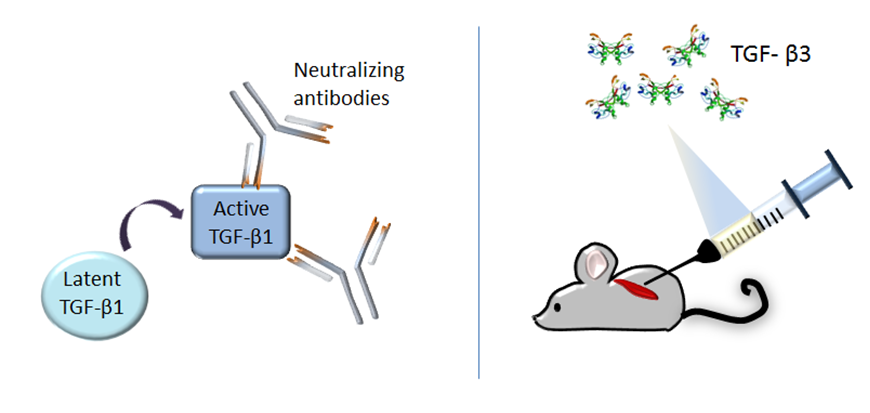
Image 1: Modified from Boundless-Microbiology
Image 2: Obtained from PDB-1TGK
Laura Ramos
